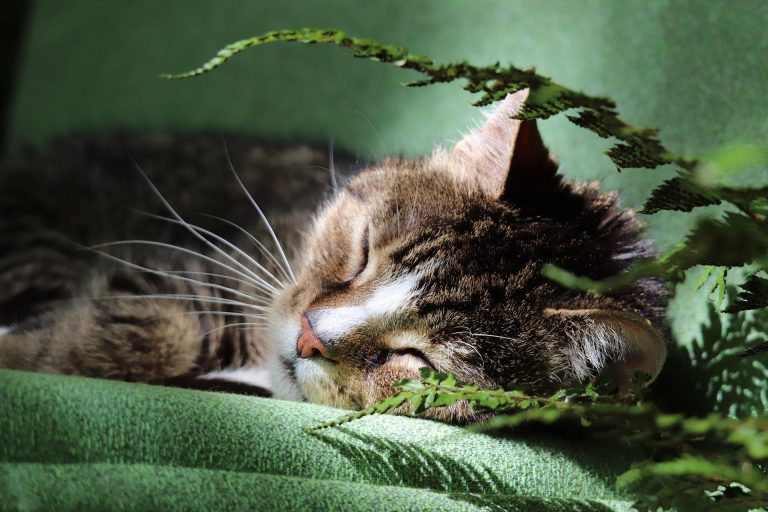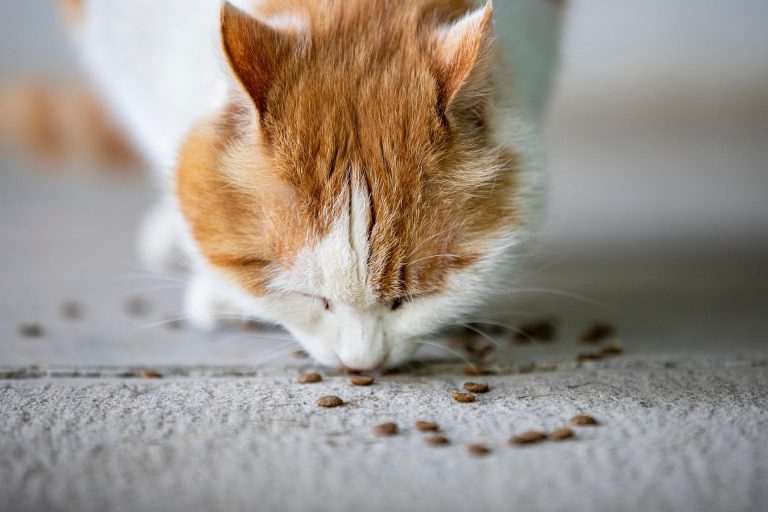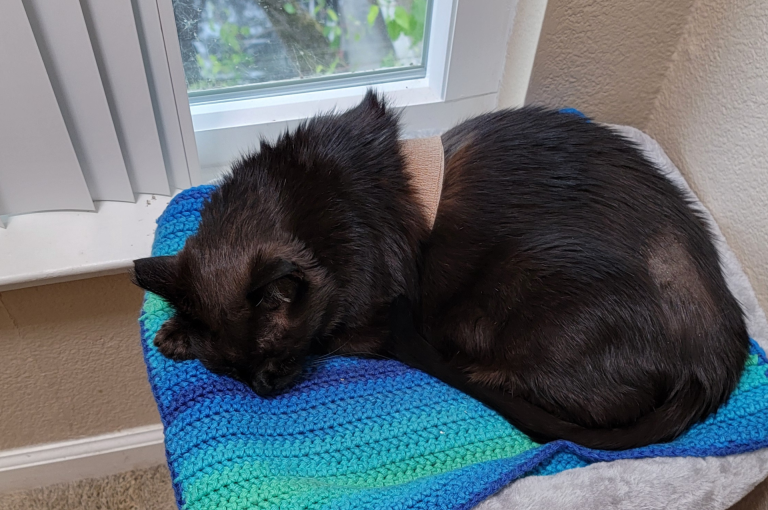Category: Feline Diabetes
Tags: Feline Diabetes, Cat Health, Diabetic Cat Care, Insulin, Blood Glucose Monitoring
You’re Not Alone
You were just told your cat has diabetes. The words hit hard, and the fear and uncertainty that follow can feel like too much all at once. But take a breath — feline diabetes is a treatable condition. Your cat can still live a full, happy life with the right care. It’s not a death sentence, and you’re not alone.
How Long Will My Cat Live?
One of the first questions that often comes up is, “How long will my cat live?” The truth is, every cat is different. But many diabetic cats go on to live just as long and active a life as they would have otherwise. If your cat is older, you might be wondering whether treatment is the right path. While this is a deeply personal decision that depends on your cat’s overall health and your own circumstances, age alone should never be the deciding factor. Our cat was diagnosed at age 14 and continued to rule the household for years. Many cats are diagnosed well into their senior years — some even into their late teens — and still enjoy vibrant, healthy lives.
What to Expect
Caring for a diabetic cat does mean making a commitment. The days of filling a bowl and heading out the door are over. You’ll be feeding a specific diet, administering medication, and paying closer attention to your cat’s behavior. You’re not a prisoner to the routine, but you will be more involved in daily care. With consistency, your cat can thrive — and the bond you share will only grow deeper.
Your Vet is a Partner
A supportive and communicative vet is essential to this journey. Your vet doesn’t need to be a diabetes specialist, but they should be open to collaboration. If they don’t have an answer, they should be willing to consult with someone who does. And while you may eventually find yourself more informed than your vet on the specifics of feline diabetes, always approach that dynamic with respect and evidence. If your concerns aren’t being heard, it may be time to find a new vet who will partner with you in your cat’s care.
Learning as You Go
Diabetes can be frustrating. Cats don’t respond to insulin as predictably as dogs do, and stress has a dramatic impact on their blood sugar. What works for one cat might not work for another. But this is where your own education comes in. The more you learn, the more confident you’ll feel managing day-to-day care, adjusting treatment, and asking the right questions. Start with the basics, then go at your own pace. You don’t need to know everything overnight. Even years in, there’s still more to learn. Don’t be afraid to ask for help — the right answer at the right time could save your cat’s life.
Where to Start
One of the best places to learn is the Feline Diabetes Management Board (FDMB). It’s free to join, and it’s full of experienced caregivers who’ve been through the same challenges. Many members have access to discounted or donated supplies, and everyone shares the same goal: helping their cats live better, longer lives.
Financial Side of Things
Cost is another major concern. The first vet visits, tests, and supplies can be expensive, especially if your cat was in crisis at diagnosis. You may spend several hundred dollars up front, but many of those costs drop significantly once your cat is stable. You don’t need to hospitalize your cat to “regulate” them — that’s outdated advice and an unnecessary expense. You can manage treatment from home starting day one.
Basics of Treatment
The essentials are simple: feed a low-carb, wet food diet, monitor blood glucose (and ideally ketones), and use an insulin that’s been proven to work in cats. Prescription foods like canned Purina DM can work well, but they’re not required. Many people have great results with affordable options like Fancy Feast Classics. Testing can be done with a human glucometer or urine strips, which are widely available and relatively inexpensive. As for insulin, avoid Humulin N — it’s not effective in cats and can make regulation nearly impossible. There are much better options available.
It Gets Easier
Ongoing care gets easier over time. You’ll likely need fewer vet visits, and you’ll be able to handle most of the day-to-day management at home. Testing supplies, syringes, and food don’t have to break the bank — especially when you learn where to buy them. Community forums like the FDMB can point you to the best deals. Home blood glucose testing not only saves money, it often gives more accurate and actionable information than in-clinic curves. Many caregivers find that the more they learn and do themselves, the more empowered they feel — and the better their cats do.
Emotional Weight
Of course, none of this is easy emotionally. You’ll probably worry about whether you’re hurting your cat with injections or forcing an unfamiliar routine on them. And it’s okay to feel overwhelmed. Diabetes care can be draining — not just time and money, but emotionally, too. The setbacks can hurt. The stress can wear on you. But these hard moments usually pass, and they’re replaced with victories, big and small. The bond you build through this care is something truly special.
Ignore the Critics
There will always be people who don’t get it — who think it’s silly or extreme to put this kind of effort into caring for a cat. Ignore them. They don’t understand the love you share with your pet, or the quiet rewards of watching them feel better because of you. You’re not crazy — you’re compassionate.
Yes, You Can Still Travel
And your life doesn’t have to stop. You can still travel, socialize, and enjoy the things you love. It just takes planning. For extended trips, work with a trained vet tech or experienced friend to care for your cat. Don’t leave their care in the hands of someone untrained or unreliable. Most cats won’t travel well, but with the right support, you can absolutely take time away when needed.
Big Picture
The bottom line is this: caring for a diabetic cat is a serious responsibility, but it’s also a deeply rewarding one. You’ll learn more than you ever expected. You’ll grow stronger, more capable, and more bonded to your cat than you ever imagined. Whatever decisions you make, if they’re rooted in love and your cat’s well-being, they’re the right ones.
Join the Community
If you haven’t yet, we encourage you to register for the Feline Diabetes Management Board (FDMB). It’s free, supportive, and packed with caregivers who have walked this path before. You’ll find advice, guidance, empathy—and maybe even friendship.
Final Thoughts: You’ve Got This
Caring for a diabetic cat is a challenge—but it’s one you can meet with knowledge, compassion, and support. Every small success matters. Every day you show up for your cat, you’re making a difference.






